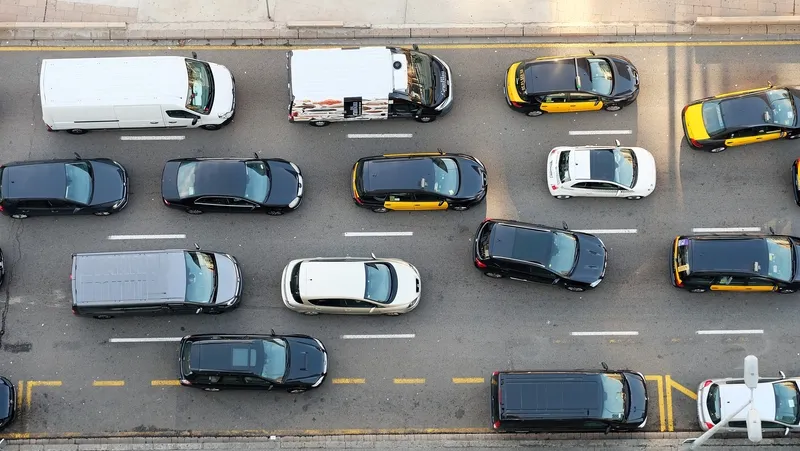
Around 60 countries have adopted the United Nations regulation on automated lane-keeping systems for the introduction of automated vehicles in certain traffic environments.
The UN regulation establishes strict requirements for automated lane-keeping systems for passenger cars which, once activated, are in primary control of the vehicle, according to Unece – the UN Economic Commission for Europe.
However, the driver can override such systems and can be requested by the system to intervene at any moment.
The regulation was recently adopted by the World Forum for Harmonisation of Vehicle Regulations, hosted by Unece. The forum is defines technical requirements applied by the automotive sector worldwide.
This is the first binding international regulation on Level 3 vehicle automation and comes into force in January 2021.
Automated lane-keeping systems can be activated under certain conditions on roads where pedestrians and cyclists are prohibited and which, by design, have a physical separation that divides the opposite moving traffic.
In its current form, the regulation limits the operational speed of lane keeping systems to a maximum of 60km/h.
The European Commission, which contributed to its development along with Canada and Japan, will apply the regulation in January 2021. Japan, which co-led the drafting of the regulation with Germany, will also apply it.
The rule requires that on-board displays used by the driver for activities other than driving when the lane-keeping system is activated shall be automatically suspended as soon as the system issues a transition demand. This could happen in advance of the end of an authorised road section.
The regulation also lays down requirements on how the driving task shall be safely handed back by the lane-keeping system to the driver. Included is the capability for the vehicle to come to a stop in case the driver does not reply appropriately.
The regulation defines safety requirements for emergency manoeuvres in case of an imminent collision - and under what conditions the system will ask the driver to take back control.
Also defined are minimum risk manoeuvres. When the driver does not respond to a transition demand, in all situations the system shall minimise risks to safety of the vehicle occupants and other road users.
The regulation includes the obligation for car manufacturers to introduce driver availability recognition systems. These control both the driver’s presence, on the driver’s seats with seat belt fastened, and the driver’s availability to take back control.
It also introduces the obligation to equip the vehicle with a black box – officially called a Data Storage System for Automated Driving (DSSAD) - to record when the lane keeping system is activated.
The regulation sets out performance-based requirements to be met by car manufacturers before vehicles having automated lane keeping systems can be sold.
The regulation text is available as a free download.










